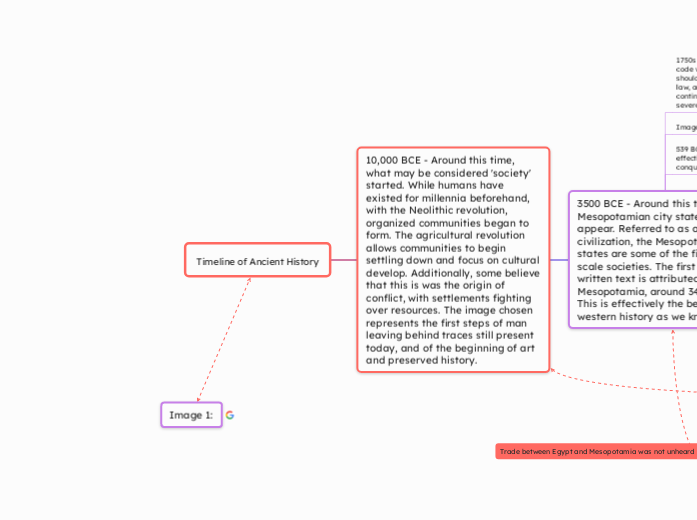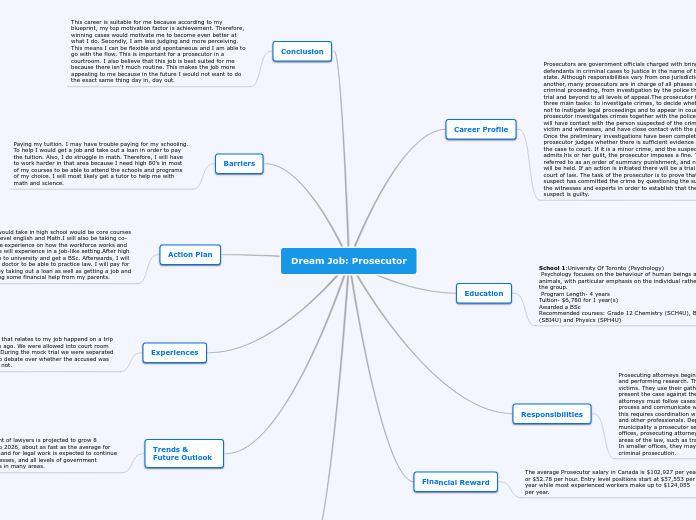by Jackson Adams 10 months ago
72
Timeline of Ancient History
The rise and fall of various ancient civilizations significantly shaped human history. The Egyptian Middle Kingdom, beginning around 2040 BCE, marked a period of cultural zenith with unified governance and notable advancements in art and literature.









